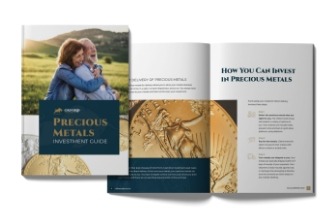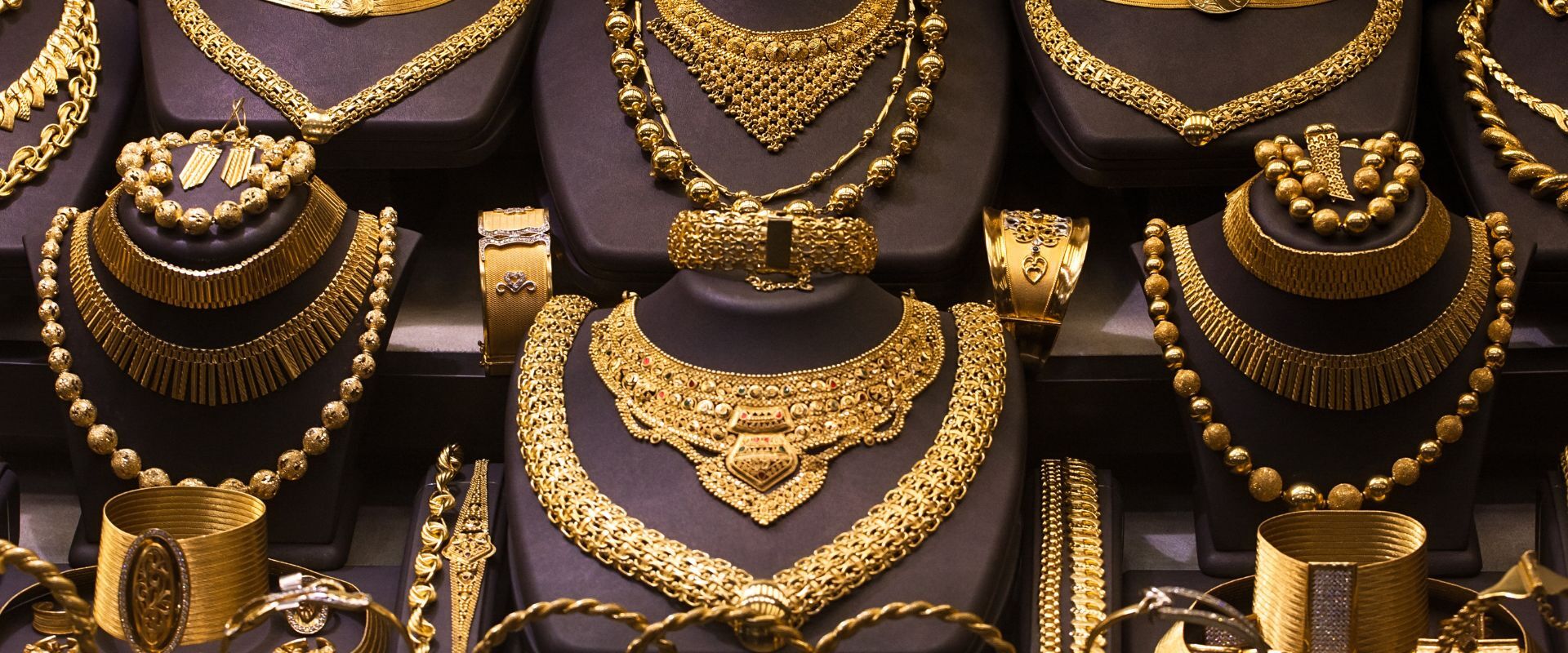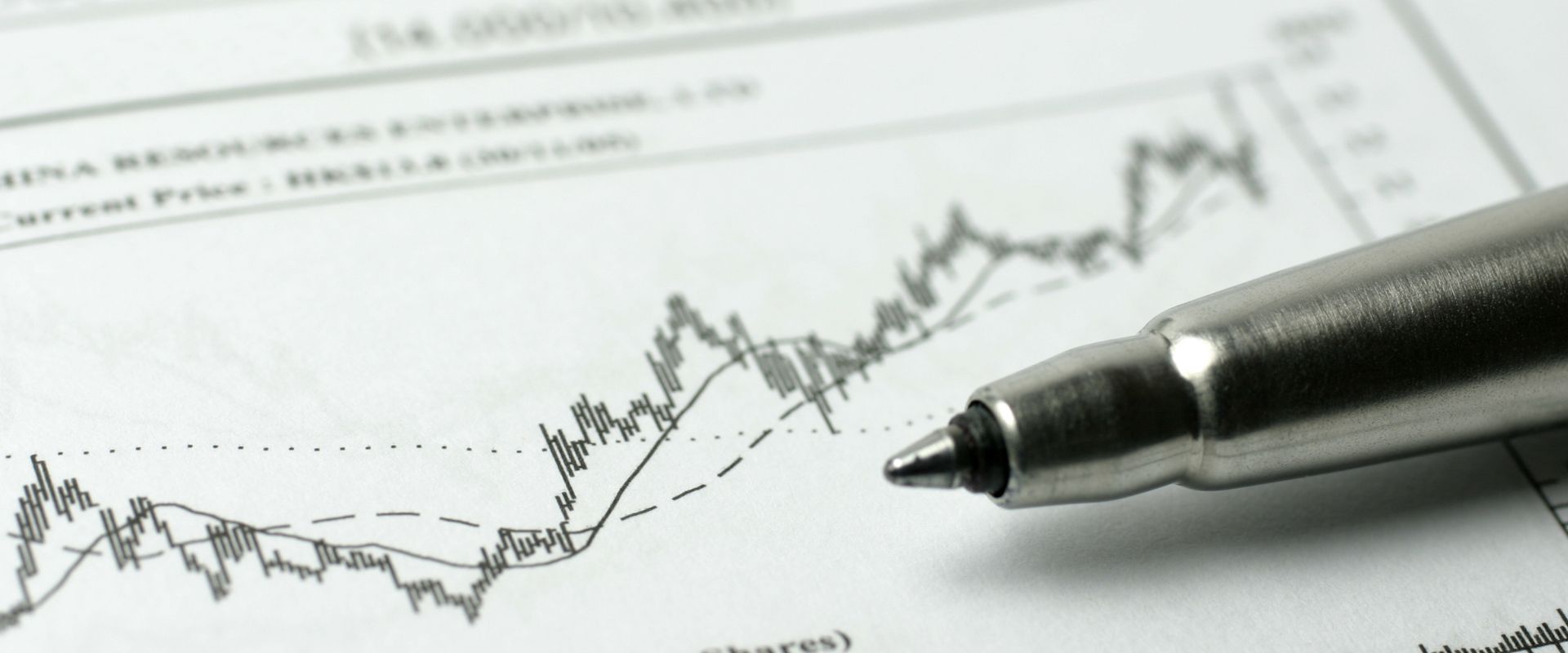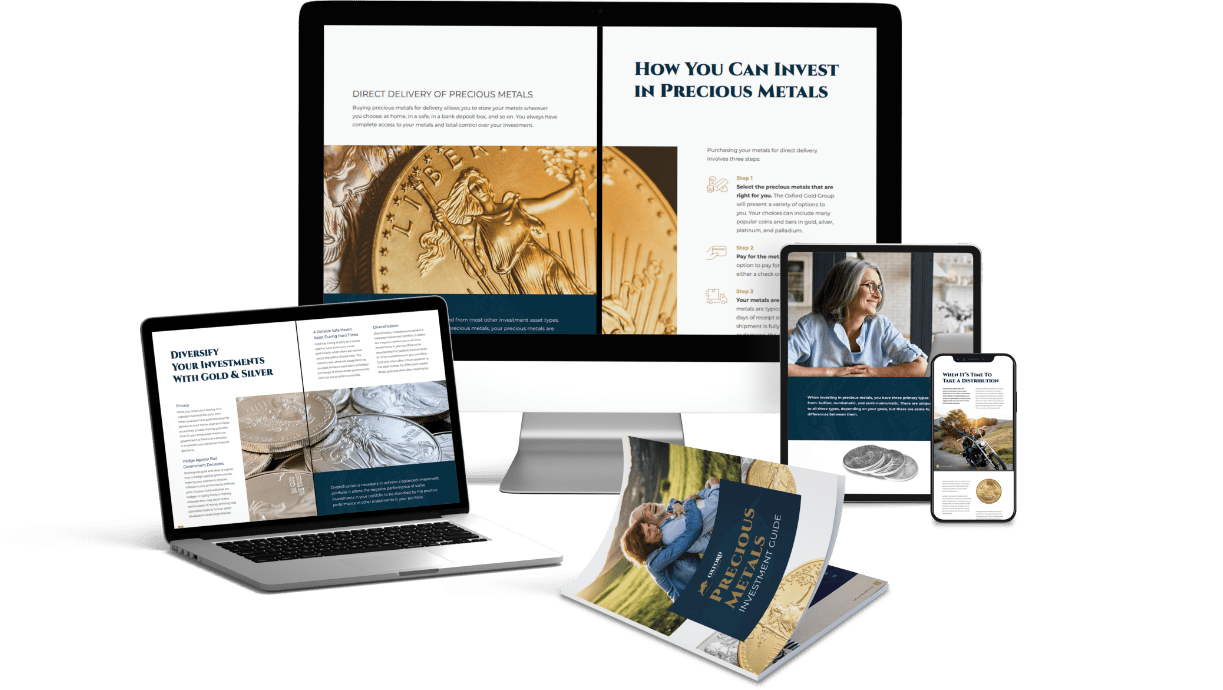Gold prices, though little changed in holiday-thinned trade on Thursday, were on course for their best annual performance in a decade.
Spot gold, up more than 24% this year in its best performance since 2010, was almost flat at $1,893.10 per ounce as of 1240 GMT.
U.S. gold futures were up 0.2% to $1,897.40.
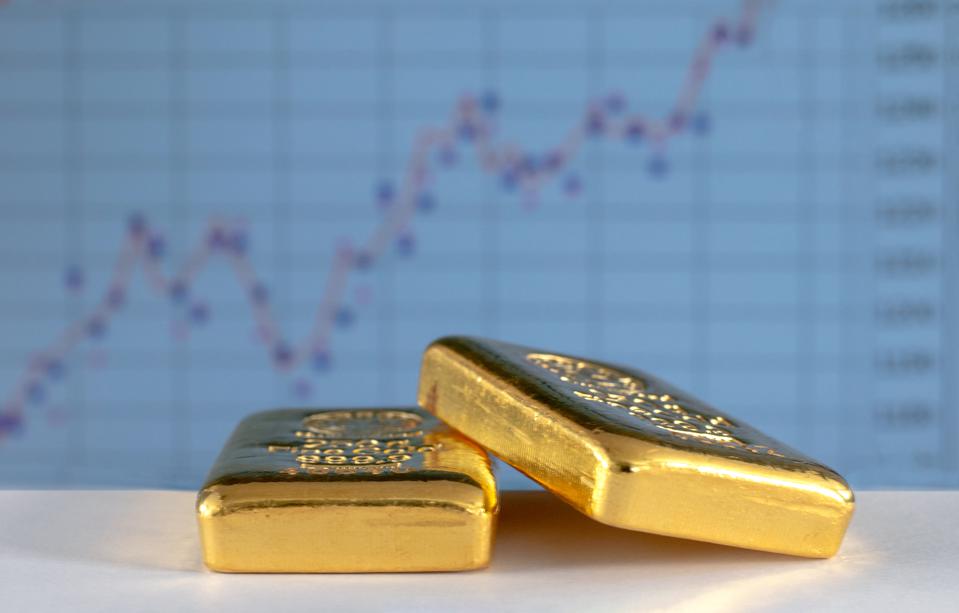
“With reduced market participants activity on the last day of the year, I expect gold to move in a narrow range. Some modest support is coming from a slightly weaker U.S. dollar and modestly lower U.S. real rates,” said UBS analyst Giovanni Staunovo. [US/]
“We look for a move towards $1,950 in the first quarter of 2021, with the expansionary monetary and fiscal policy pushing inflation expectations up and with U.S. real rates falling further.”
The dollar index fell to a more than two-year trough, making gold cheaper for other currency holders. [USD/]
European shares fell as wider coronavirus lockdowns in Britain reduced expectations for a swift economic recovery in 2021, despite the vaccine roll-out campaigns. [.EU]
Keeping gold’s advance in check was Republican Senate Majority leader Mitch McConnell’s refusal for a quick Senate vote on a bill to increase U.S. relief checks.
Unprecedented stimulus measures and low interest rates to cushion economies from the impact of the pandemic this year have benefited gold, as it is seen as a hedge against inflation.
Silver fell 0.6% to $26.45 per ounce but is up more than 48% this year in its best performance since 2010.
Platinum rose 0.9% to $1,075.56 per ounce and is up over 10% in 2020.
Palladium gained 1.1% to $2,389.15, on track for a fifth straight year of gains with a 22% rise.
Reuters – Reporting by Asha Sistla in Bengaluru; editing by Vinay Dwivedi and Jason Neely
Read Original Story Here
